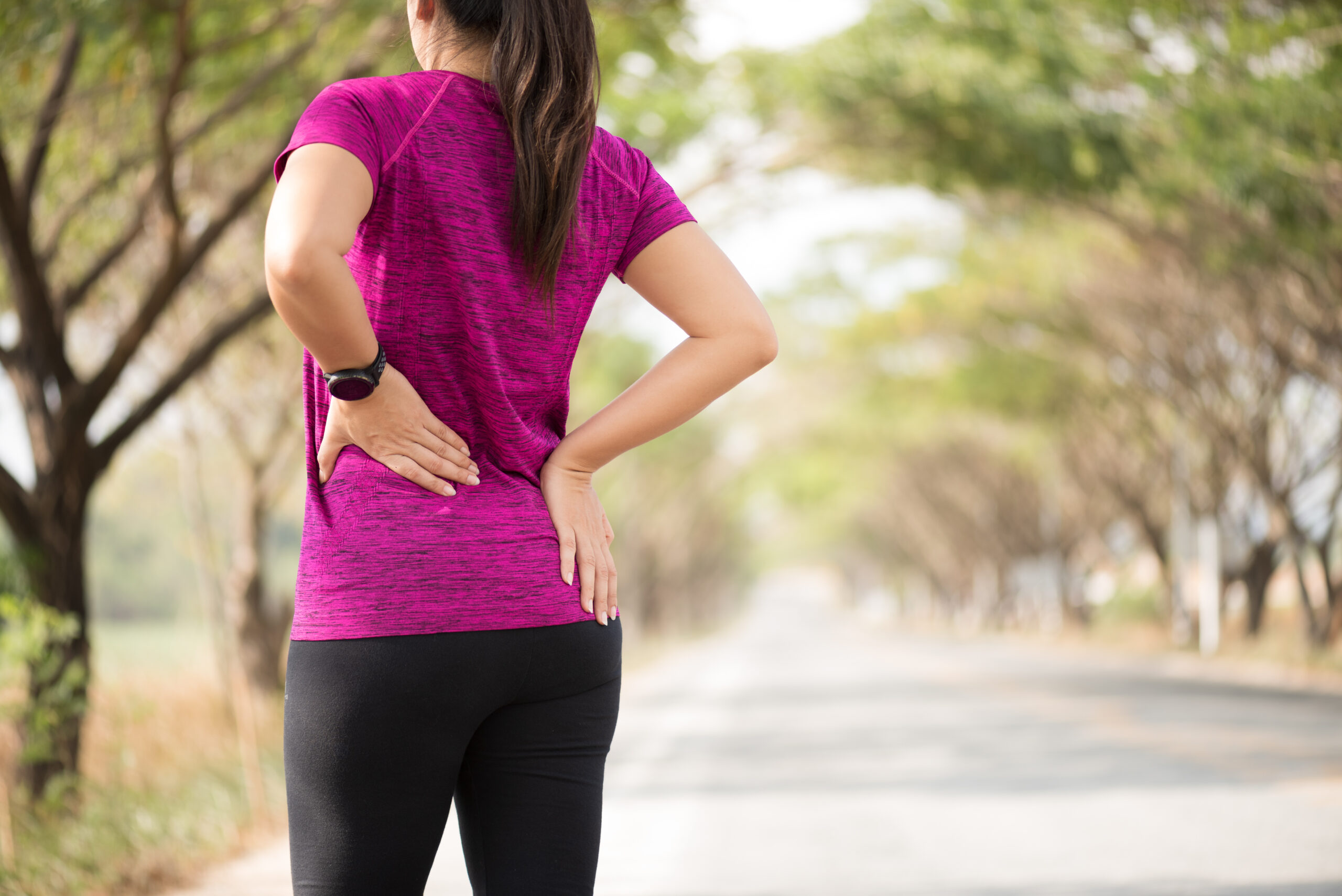Hip pain is very common and there can be a variety of causes for it. If your pain is mainly on the outside of your hip, appeared gradually over time and often comes on when laying on that side, crossing your legs or with repetitive movements like walking or stairs, it is typically related to a few specific structures.
The good news is, there are many things you can do about it! Your physical therapist will be able to rule out any more serious causes of your pain and give you more individualized guidance.
Also, Check- https://panthersportsmedicine.com/blog/femoroactabular-impingement-of-the-hip-fai/
What’s going on?
Typically pain on the outside of your hip has to do with the “gluteus medius” and “gluteus minimus” muscles. These muscles are important stabilizers of the hip; they keep the hips and torso stable when you are on one leg (such as during walking).
If these muscles are weak, it results in hip dropping or body swaying when walking. This puts more stress and compression on those muscles where they attach to the bone (AKA – the tendons) which can cause damage over time, leading to pain and inflammation.
Another culprit may be the infamous IT band, a strong band of tissue that runs along the outer thigh to connect the hip to the lower leg. If this structure is very tight, it can cause compression in that same outer hip region.
What can you do about it?
- Reduce stress! Avoiding compressing those tendons for a short period of time will help your symptoms calm down and help your tissues start to heal. The compression occurs when you bring your leg past the midline of your body. Eg: avoid crossing your legs, put a pillow between the knees when sleeping, avoid laying on that side for a few weeks, limit the amount of walking/stairs you do.
- Address the inflammation: This goes hand in hand with tip #1. Limiting physical compression can be aided by taking steps to reduce inflammation. Eg: rub anti-inflammatory cream on the area, apply ice or heat.
- Strengthen: In essence, this condition is due to muscles that aren’t prepared to handle the load that they’ve been put under. In the first step – we reduced the load. The long term strategy is to increase the capacity of those muscles. It’s important to take a progressive approach, starting small and building strength and endurance over time. Your physical therapist will be able to help you through this process!
- Get back to what you love doing! Whether this is walking pain-free in the park, playing with your grandkids, running a 5k, or simply sleeping on your favorite side, the goal is always to get back to doing what you enjoy. Try to return to these activities gradually so that your body has time to adapt. Your physical therapist can be helpful for guiding you here, as well.
Falsely Accused: The Trochanteric Bursa
* A bursa is a fluid filled sac that is there to decrease friction between muscles and bones. Sometimes, a bursa can become inflamed and cause significant amounts of pain; this is called “bursitis”.
It used to be thought that the bursa on the outside of the hip (the trochanteric bursa) was the source of most outer hip pain but newer evidence suggests that while bursitis does occur, it’s usually a result of other issues – ie: compression due to the weak muscles mentioned above.
Now, pain on the outside of the hip is typically termed “Greater Trochanteric Pain Syndrome” – technically more correct, albeit a bit of a mouthful.
Grimaldi, A., & Fearon, A. (2015). Gluteal Tendinopathy: Integrating Pathomechanics and Clinical Features in Its Management. Journal of Orthopaedic & Sports Physical Therapy, 45(11), 910–922. Retrieved from https://search-ebscohost-com.login.ezproxy.library.ualberta.ca/login.aspx?direct=true&db=s3h&AN=110738071&site=eds-live&scope=site
Long, S. S., Surrey, D. E., & Nazarian, L. N. (2013). Sonography of greater trochanteric pain syndrome and the rarity of primary bursitis. AJR. American Journal Of Roentgenology, 201(5), 1083–1086. https://doi-org.login.ezproxy.library.ualberta.ca/10.2214/AJR.12.10038





